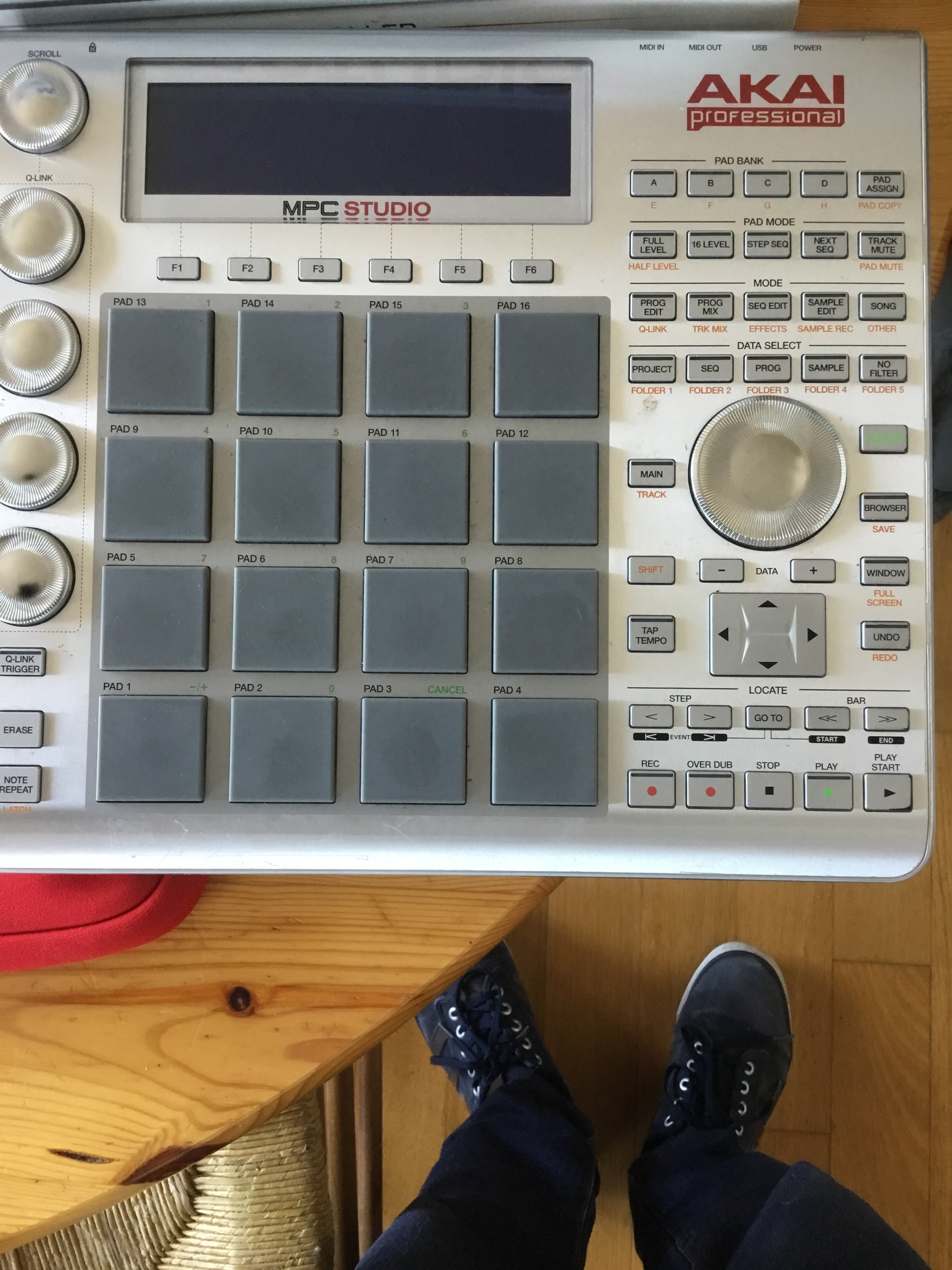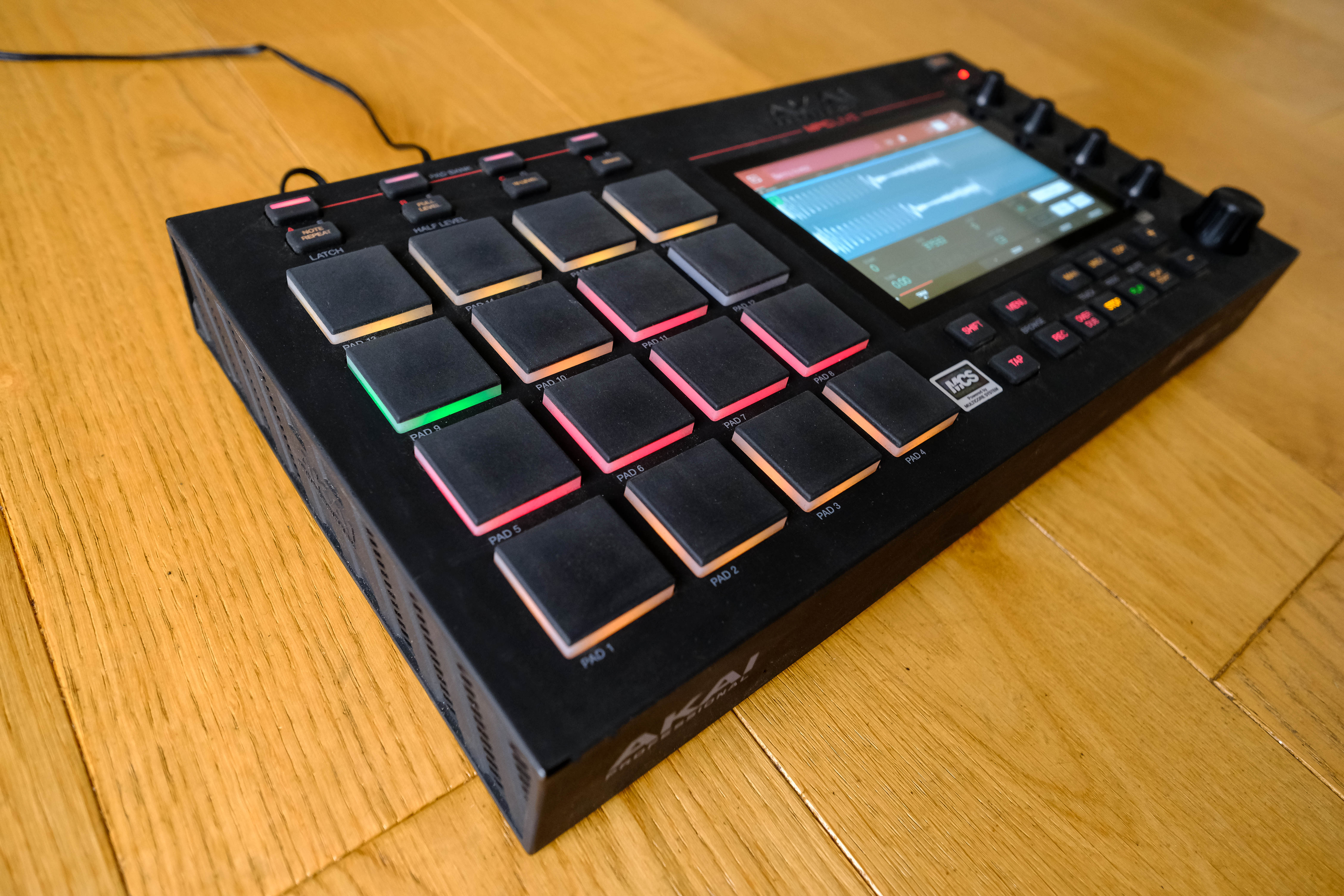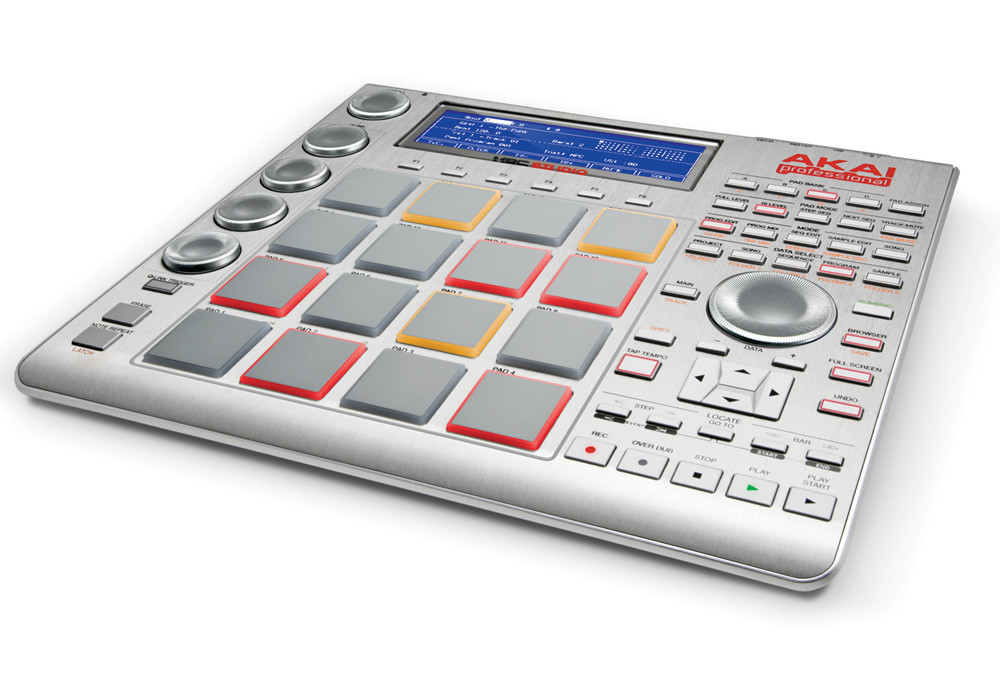
It contains all 16 pads in iconic MPC fashion they’re just a bit smaller than usual so Akai could also squeeze in the 7″ touch screen, which is an integral part of the device’s workflow. Overall, the MPC One contains most of the powerful functionality you’d find in the more feature-rich models.
#Akai professional mpc software
#Akai professional mpc portable
It’s followed by the portable MPC Live which sets you back a cool $1299. Instead, each workstation serves a different set of needs which is reflected in the price-in that way, cost is not indicative of quality.įor the series, the MPC X serves as a studio centerpiece and weighs in at a hefty $2299.
#Akai professional mpc series
Even though the MPC One sits at the lowest price point, the whole MPC series doesn’t necessarily conform to the ‘good, better, best’ model.

It’s a cheaper alternative to both, but by no means sacrifices functionality for affordability. The Akai MPC One is sort of a hybrid between Akai’s very popular MPC Live and X units. In this MPC One review, we’ll break down Akai’s affordable sequencer and sampling workstation.

Renowned for their influence on hip hop and electronic music, today’s workstations share DNA with their predecessors, with upgrades suited for modern digital recording. Roger Linn, who developed the popular LM-1 drum machine in 1980, designed the earliest MPCs.

Originally named MIDI Production Center (now Music Production Center), Akai introduced the first model, the MPC60, in 1988. Akai Professional’s long-running MPC series is one of the most recognized sampling workstations ever made.


 0 kommentar(er)
0 kommentar(er)
